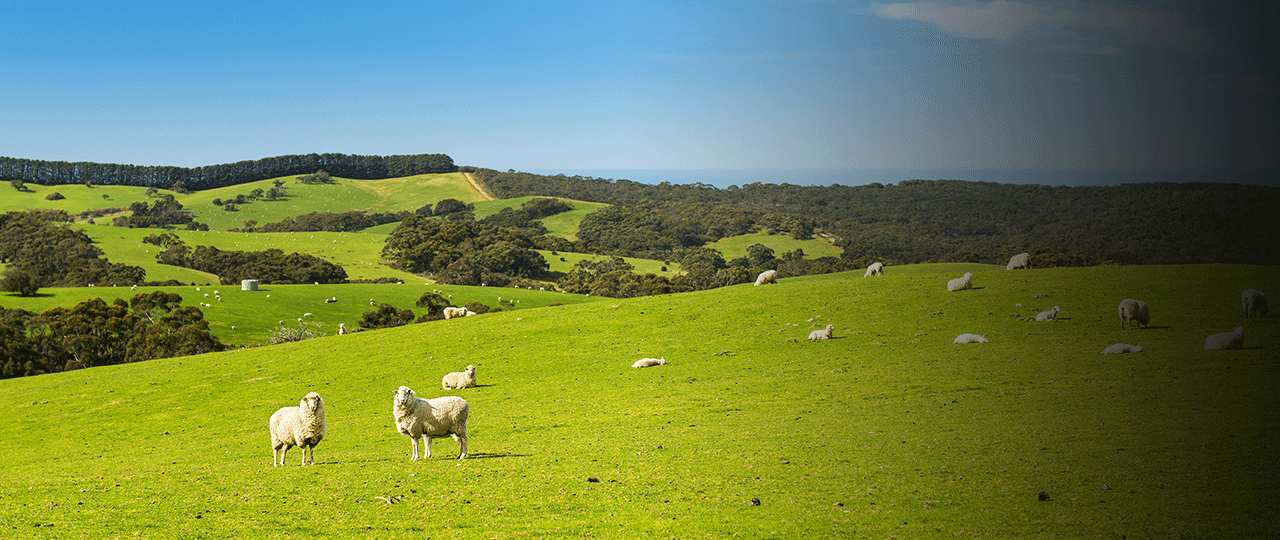
Jason Beedell
Director, Research


Director, Research
Click to download the full update as a PDF.
First housing White Paper for 20 years sets road for more building
The key points from the paper, which sets out the Government’s approach to getting more homes built to help reduce the housing crisis are:
UK Government outlines plans in a White Paper
The paper contains a section on agriculture and food, stating that ‘leaving the EU offers the UK a significant opportunity to design new, better and more efficient policies for delivering sustainable and productive farming, land management and rural communities. This will enable us to deliver our vision for a world-leading food and farming industry and a cleaner, healthier environment, benefiting people and the economy.’ On other issues, the Paper largely repeats the details of the PM’s speech at Lancaster House on 17 January, which include leaving the single market, seeking a free trade agreement and a new customs agreement with the EU to ensure ‘the freest and most frictionless trade possible’. An issue of significant concern will be how controls on immigration work, as farming relies on high levels of overseas workers.
World commodity prices hit a two-year high in January
Prices for a basket of commodities are 16% higher than a year ago, after five years of falls. Wheat prices have risen despite stock levels being high, due to unfavourable weather hitting this season’s crops and reduced plantings in the US. Maize, rice and sugar prices have also risen. In Europe, average farm gate milk prices rose by 25% in the second half of 2016 and are expected to rise further. However, the recovery is fragile.
New strain of bird flu (H5N5) found in four farms in northern Germany
Preventative measures have been put in place but the worry is that bird flu is dynamic and changing. Since October, more than 1.5 million birds have been culled in 23 European countries due to the H5N8 strain. In the UK, cases have been confirmed in Carmarthenshire, Lincolnshire and Lancashire. See Defra’s detailed guidance on measures to take to prevent its spread.
CAP post-2020: consultation on next policy has started
2 February 2017: The European Commission (EC) has issued a 30 question public consultation, with results to be published in July. Key themes include fair returns to farmers, safe food and paying farmers to meet environmental goals. It is already causing debate, with environmental organisations calling for a food and environment policy, not a farming one.
November 2017: EC will publish its broad principles in a ‘communication’ paper.
By end 2017: EC will publish proposals for the budget for 2020 – 2024.
Early 2018: Draft proposals published.
Scottish Energy Strategy targets 50% of all Scottish energy from renewables by 2030
The Scottish Government is consulting on setting a target of 50% of Scotland's heat, transport and electricity energy coming from renewable sources by 2030, which would be a major increase from the current 13% (2013). The Strategy includes improving the energy efficiency of homes, adding carbon capture and storage to existing power stations and enabling on-shore wind generation to happen without subsidies. Interestingly, it also proposes setting up a Scottish government-owned energy company which would help local and community energy projects grow.
Scots raise planting target by 50% a year
The Scottish Government has increased the target for new planting of woodlands from 10,000 hectares a year to 15,000 by 2024, and is increasing the annual budget for planting and management by 10% to £40m pa. Although the old planting targets were not achieved, the Government says that improvements to the approval process and more reassurance for investors, by implementing some of the recommendations of the Mackinnon report, will help hit the higher target.
Sweet chestnut blight confirmed in Devon and Kent
The Forestry Commission has produced a fact sheet on the disease, which does not affect horse chestnut. Please report any suspected cases to the Animal & Plant Health Agency by email or on 01904 405138.
Scotland: communities can now buy or use public assets for community use
The asset transfer section of the Community Empowerment Act (Scotland) 2015 came into force on 23 January. It allows community-led organisations to request to buy, lease or use any land or buildings belonging to local councils, Scottish Ministers, and a range of other public bodies for the benefit of the community. The principle is that all requests are approved unless there are reasonable grounds for refusal.
The inflationary pressure on rents has reduced as more houses are available to rent from landlords who bought them before the rise in stamp duty in April 2016, according to HomeLet. Rental growth was variable across the UK in the year to January, with 4-5% growth in Wales and Northern Ireland compared with less than 1% growth in London, the South East, South West, North East and East Midlands.